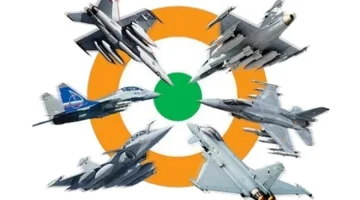- Views: 8K
- Replies: 49

India's Air Force faces a crucial decision as it considers expanding its fleet. The debate centers on the classic question of quality versus quantity: should India invest in a smaller number of superior Rafale fighter jets from France, or opt for the more economical, domestically-produced Tejas Mk1A, potentially acquiring a larger force?
The Rafale, a proven French medium-weight fighter, boasts impressive capabilities. With a higher Maximum Take-Off Weight, it can carry nearly three times the weapons payload of the Tejas Mk1A. Yet, the Tejas program promises significant cost savings. Experts estimate India could acquire roughly three times as many Tejas Mk1A jets for the same investment as a smaller Rafale fleet.
This dilemma highlights the age-old military axiom, "Quantity has a quality all its own." A larger number of Tejas fighters, while potentially less advanced individually, could offer tactical advantages during a large-scale conflict. However, the Rafale's superior firepower and mission versatility ensure it remains a potent symbol of India's power projection on the global stage.
The decision facing the Indian Air Force is complex. Procurement involves not only raw numbers but also factors like maintenance, pilot training, infrastructure, and long-term strategic goals. India must carefully weigh the benefits and drawbacks of each option in the context of its unique security needs.
The choice between the Tejas Mk1A and the Rafale will significantly shape the future of India's air power. This decision echoes far beyond simple procurement; it's a question of how India envisions its role as a rising military power.

